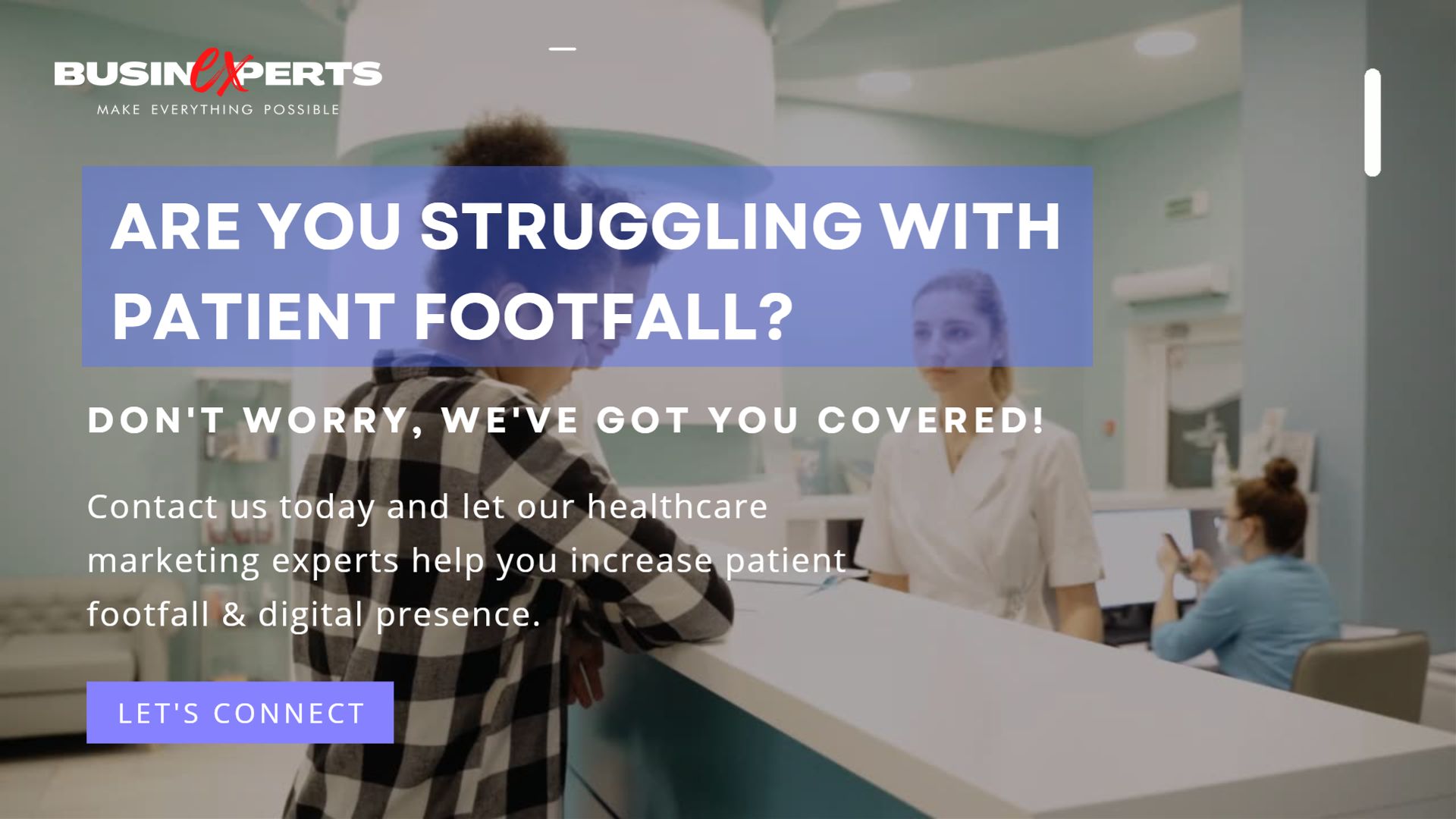
In an increasingly diverse society, hospitals must prioritize inclusive marketing strategies to effectively reach and engage multilingual and multicultural audiences. By recognizing the unique needs, preferences, and cultural backgrounds of different communities, hospitals can build trust, foster relationships, and deliver personalized healthcare experiences. In this blog, we will explore strategies for reaching multilingual and multicultural audiences in hospital marketing, emphasizing the importance of cultural competence, language access, community partnerships, and targeted communication approaches.
Cultural Competence and Sensitivity: Cultural sensitivity is a cornerstone of successful marketing to multilingual and multicultural audiences. Hospitals should strive to understand the beliefs, values, traditions, and healthcare preferences of diverse communities they serve. Train marketing staff and healthcare professionals to be culturally sensitive and respectful in their interactions and communications. This cultural competence will help hospitals connect on a deeper level with diverse audiences and foster trust and engagement.
Language Access: Language is a significant barrier when reaching multilingual audiences. Ensure that your marketing materials, website, and patient communication are available in multiple languages. Invest in professional translation services to accurately convey your messaging and ensure cultural nuances are appropriately captured. Consider providing language interpretation services for in-person events or consultations to accommodate individuals who may prefer to communicate in their native language.
Community Partnerships: Forge partnerships with community organizations, cultural centers, places of worship, and other local entities that serve multicultural communities. Collaborate on health education initiatives, co-host events, or participate in community fairs. Engage with community leaders and influencers who can help promote your hospital’s services within their networks. By partnering with respected organizations, hospitals can establish trust, enhance visibility, and reach diverse audiences more effectively.
Targeted Digital Marketing: Utilize digital marketing channels to target specific multicultural and multilingual audiences. Segment your audience based on demographics, language preferences, and cultural backgrounds. Craft personalized messaging that resonates with each segment’s unique needs and motivations. Utilize search engine optimization (SEO) strategies with keywords in different languages to improve your online visibility among diverse communities. Leverage social media platforms to engage with multicultural audiences and share culturally relevant content.
Patient Navigators and Multilingual Staff: Hire patient navigators or multilingual staff members who can serve as a bridge between hospital services and diverse communities. These individuals can provide assistance in navigating healthcare systems, explain medical procedures, and address cultural concerns. Patient navigators who are fluent in multiple languages can help bridge the language gap and ensure effective communication between healthcare providers and patients from different backgrounds.
Culturally Appropriate Content: Develop content that reflects the cultural diversity of your patient population. Incorporate culturally appropriate images, illustrations, and stories into your marketing materials. Highlight the hospital’s commitment to providing culturally competent care, showcasing diverse staff members and testimonials from patients of various backgrounds. Tailor your content to address health disparities, cultural health beliefs, and specific healthcare concerns of different communities.
Community Education and Health Fairs: Host health education events and participate in community health fairs that cater to diverse populations. Offer workshops, seminars, or webinars on health topics relevant to specific cultures or languages. Provide educational materials in different languages, addressing common health issues and preventive care practices. By actively engaging in community events, hospitals can demonstrate their commitment to the well-being of multicultural communities and establish themselves as trusted healthcare partners.
Conclusion:
Reaching multilingual and multicultural audiences in hospital marketing requires a comprehensive and culturally sensitive approach. By prioritizing cultural competence, language access, community partnerships, targeted digital marketing, multilingual staff, culturally appropriate content, and community education initiatives, hospitals can successfully connect with diverse communities and provide healthcare experiences that resonate with their unique needs. Embracing diversity in hospital marketing fosters inclusivity, builds trust, and ensures that all individuals receive the quality care they deserve.
Contact our healthcare marketing experts at Businexperts today, and let us help you develop strategies to effectively reach and engage multilingual and multicultural audiences in your healthcare marketing efforts.
We are a team of marketing experts working together to provide excellent services to our clients in order to ensure their business is reaching to the next level. We are committed to providing each client with creative, effective and responsive marketing & AI solutions that work with their unique business objectives, systems and resources.
